10 Spiritual Destinations Worth Visiting

Top travel destinations for those seeking a spiritual experience.
“To encounter the sacred is to be alive at the deepest center of human existence. Sacred places are the truest definitions of the earth; they stand for the earth immediately and forever; they are its flags and shields. If you would know the earth for what it really is, learn it through its sacred places. At Devil’s Tower or Canyon de Chelly or the Cahokia Mounds, you touch the pulse of the living planet; you feel its breath upon you. You become one with a spirit that pervades geologic time and space.”
– N. Scott Momaday, Pulitzer Prize-winning novelist and poet
While we ascribe to the belief that everyone, everything and everywhere is sacred, there’s no denying that some spots seem a bit more charged with cosmic energy. Some are human-made structures that seem to radiate with the spirit of their dedicated divinity – or with the spirits of devoted worshipers, past and present. Others are spots in nature that have seen blessedly little human interference over the millennia and nurture a gorgeous purity. Whether soaring cathedral ceilings or centuries-old rock formations speak to your soul, there’s a place for you on this list.
1) Dochula Pass Meditation Caves, Dochula, Bhutan
Dochula Pass – a legendary trail in the Himalayas – is a spiritual destination in its own rite, with 108 chortens, or stupas, honoring fallen Bhutanese soldiers. But if you take a forest detour on the way to the somber site, you’ll see a slew of meditation caves overlooking the mountain pass. These tiny caverns each feature a bench and beautiful Buddhist symbols painted on their stone walls – including the druk, or dragon, a beloved Bhutanese symbol. Take a seat and meditate for as long as you can, becoming one with the mist that surrounds you.
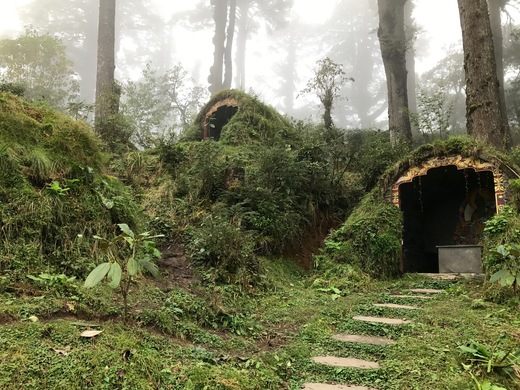
Image via Atlas Obscura
2) Chartres Cathedral, Centre-Val de Loire, France
Virgin Mary devotees have flocked to Chartres Cathedral since the Middle Ages. Largely constructed in the 12th and 13th centuries, the cathedral was the focal point of a popular pilgrimage dedicated to the mother of Christ. She is still visible in the Glorification of the Virgin stained-glass window, one of several that have been painstakingly preserved, along with stunning religious statuary and reliefs. If you love Catholic iconography, you will be in heaven. Well, almost.
3) Sultan Ahmed Mosque, aka the Blue Mosque, Istanbul, Turkey
It’s one of the most famous mosques in the world for good reason – the Blue Mosque is a jaw-dropping achievement of religious architecture, with stately minarets, a graceful dome and more than 20,000 handmade ceramic tiles lining its interior. Its exterior shines a vibrant blue thanks to cerulean-painted tiles that brilliantly catch the light. The rhythmic chant of prayers inside the mosque is a balm for the soul.
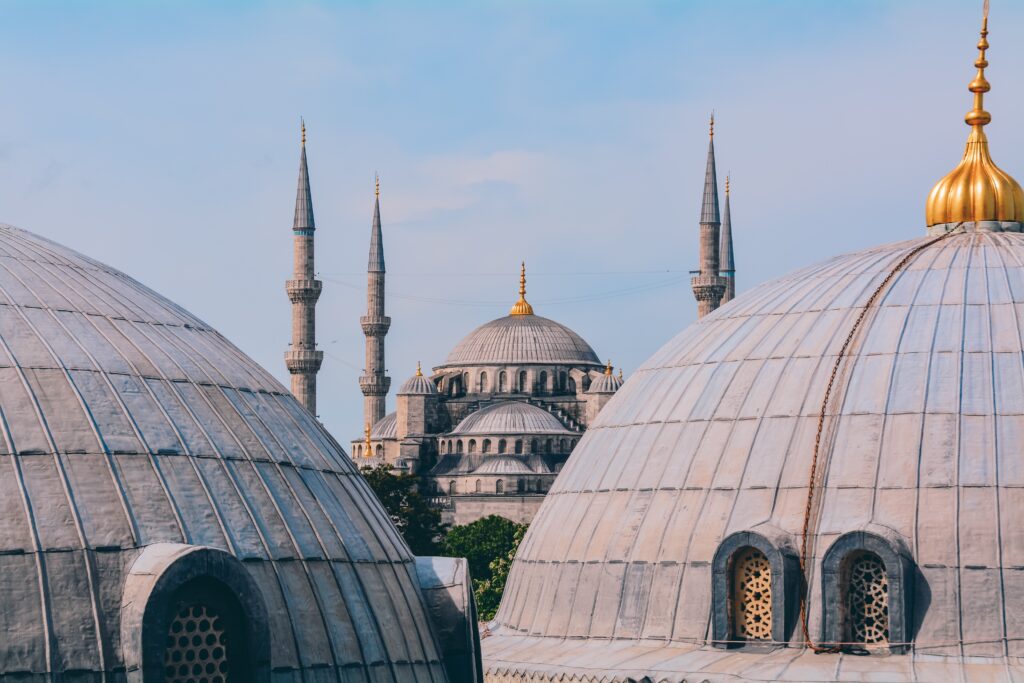
Image via Osman Köycü
4) Citadel Pueblo, Wupatki National Monument, Flagstaff, Arizona
In a seemingly barren area of what is now Northern Arizona, ancient people from the Northern Sinagua, Kayenta, Cohonina and Hohokam communities managed to coax life from the tough, ruddy earth, growing corn, beans, squash and cotton. Among the ancestral Puebloan villages in the area, Citadel Pueblo stands out for its awe-inspiring 360-degree views of the valleys, hills, mountains and sky that surround it. Scale the remaining structure and take it all in, letting the powerful wind carry you back in time and into communion with the earth.
5) Dohány Street Synagogue, aka the Great Synagogue, Budapest, Hungary
You will viscerally feel the powerful resilience of the Jewish people in Dohány Street Synagogue. Boasting 3,000 seats, the Moorish-inspired synagogue was built between 1854-1859 and is the largest in all of Europe. It was bombed in the Nazi siege of Budapest in 1939, restored in the 1990s and now bears a memorial park and Heroes’ Temple to memorialize the Hungarian Jews who died during World War I and World War II. Brilliant lights now glow in the main temple, especially around the Torah Ark.
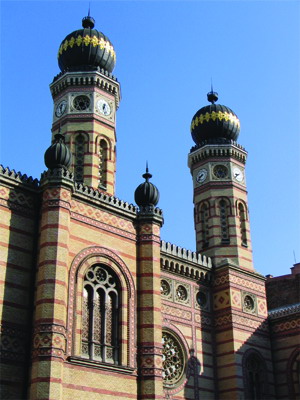
6) Matobo Hills, Zimbabwe
Spectacular granite rock formations have drawn people to this site since the early Stone Age. Consequently, it boasts an expansive collection of rock art that dates back approximately 13,000 years, and the Matobo Hills are important to many local religious traditions. Some hills are believed to be the home of the spirits of departed Ndebele chiefs, and the Shona/Mwari religion views the rocks as the dwelling place of god and the souls of the ancestors. Shrines dot the hills, and it’s impossible to explore them without feeling a surge of spiritual connection.
7) Kauai Aadheenam aka Kauai’s Hindu Monastery, Kauai, Hawaii
A South Indian-style Hindu monastery in the Aloha State? Satguru Sivaya Subramuniyaswam thought it was a perfect fit. He founded the spiritual sanctuary – home to Kadavul Temple and the San Marga Iraivan Temple – on the glorious Garden Island of Kauai in 1970. The lush grounds are also home to the theological seminary of Saiva Siddhanta Church, the Himalayan Academy, Hindu Heritage Endowment and Hinduism Today.
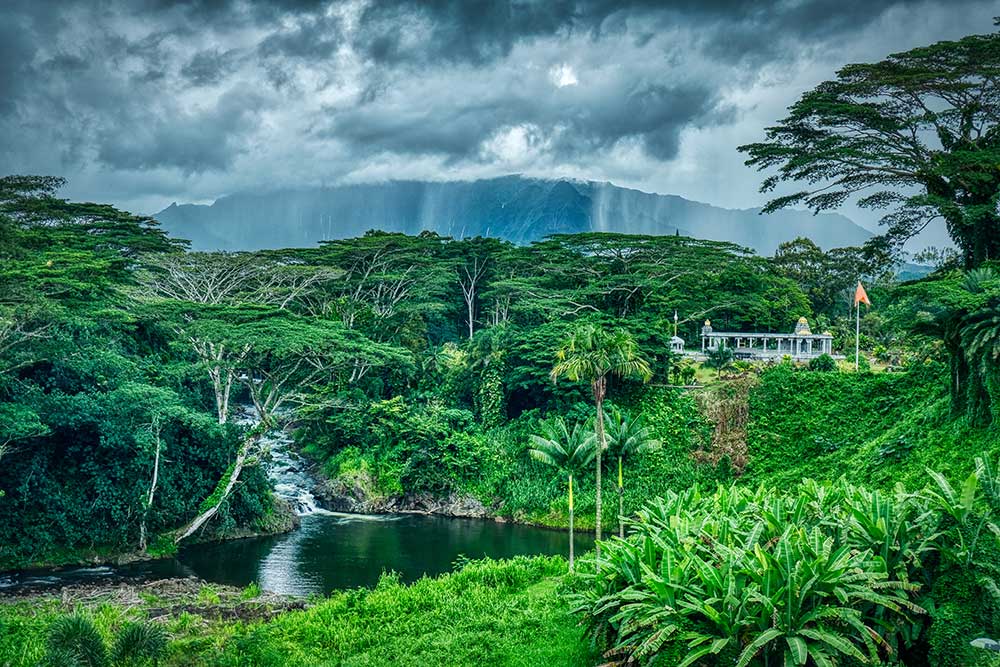
Image via Kauai Aadheenam
8) Te Rerenga Wairua, aka Spirits Bay, Cape Reinga, Northern Island, New Zealand
The gorgeous, glistening waters that crash against the northwesternmost tip of the Aupori Peninsula are sacred to the Maori. Te Rerenga Wairua means the “leaping-off place of spirits,” and is believed to be the spot where souls depart this world for the underworld. The solemn beauty of this passage is particularly potent at night, when the sea glows blue in the light of a bright moon.
9) Chichén Itzá, Yucatán, Mexico
Retracing the steps of the ancient Mayan-Toltec civilization on the Yucatán Peninsula is a poignant exercise in historical and spiritual re-creation at this Mesoamerican city, with remnants including the stepped Kukulkan Pyramid (also known as El Castillo, The Castle), the Warriors’ Temple and El Caracol, a circular observatory with a spiral staircase. Peer up at the heavens and commune with the Mayans who studied the stars here centuries ago.
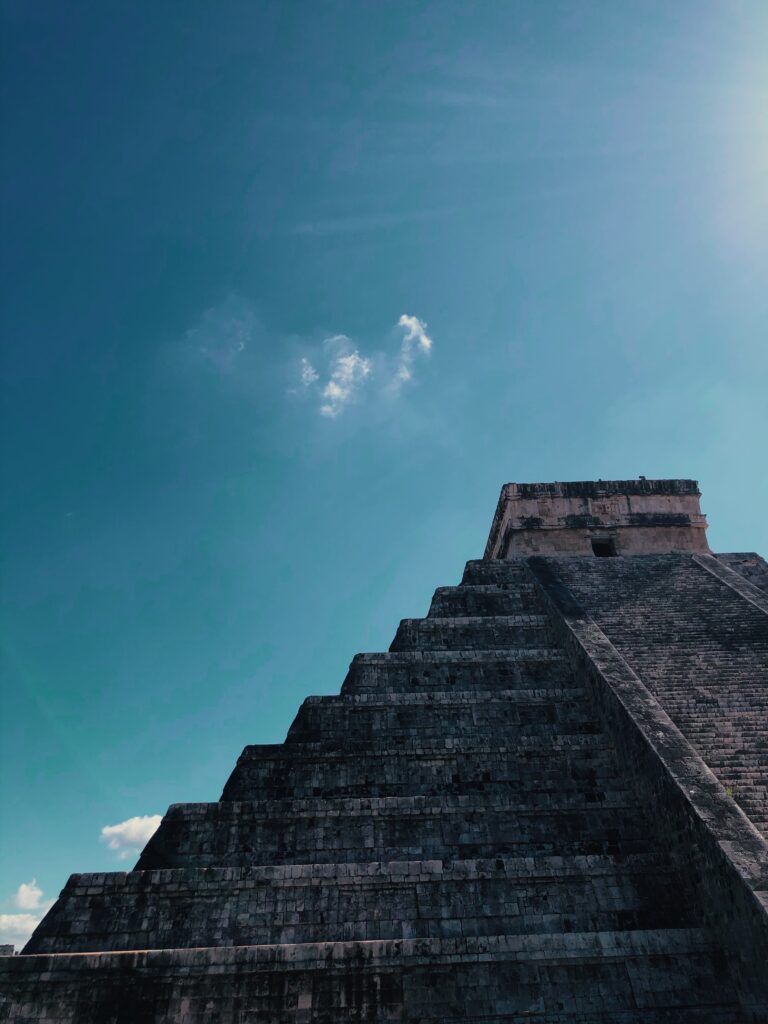
Image via Mel Morales
10) Sri Harmandir Sahib, or the Golden Temple, Amritsar, India
Even the architectural features at the Golden Temple feature spiritual lessons: It is built lower than the land around it, to symbolize humility and egalitarianism, and its four entrances – one for each cardinal direction – demonstrate that all are welcome, no matter where they are from or how they got there. The Sikh passion for peace and equality overwhelms just as much as the beauty of the temple’s golden walls and ceilings.








